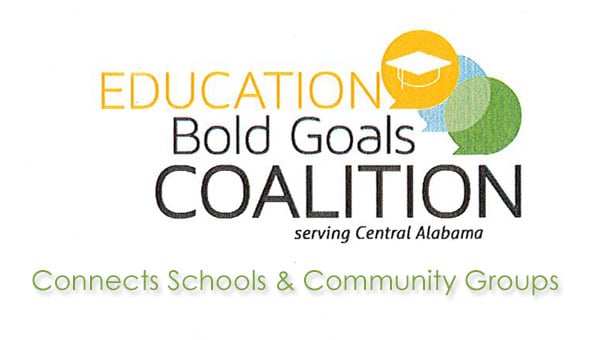Former Jefferson County School Superintendent Phil Hammonds knows a lot about public education. Before his retirement, he worked in Alabama schools and school systems for 40 years. Hammonds is now co-chair of the Bold Goals Coalition for education. It’s a group of more than 200 organizations in central Alabama collaborating to improve education and quality of life. In advance of WBHM’s and the Southern Education Desk’s “Issues and Ales” education forum this evening, Hammonds joined WBHM’s Rachel Osier Lindley to talk about his prescriptions for improving Alabama’s schools and what Bold Goals Education aims to do.
Communication is Key
“Part of what Bold Goals is is bringing all these agencies, all these non-profits, all these school districts, together to say ‘Let’s begin. Let’s foster that conversation. What’s a best practice that worked within your school system, within your individual school, that we could emulate in our school system?’ Communication is at the very forefront of what we’re doing.”
Successes So Far
“School systems in Fairfield, Midfield and Bessemer recently came together and they have formed their own pre-K program. There was a school in Fairfield that was going to basically be abandoned…So rather than that building sitting there, those three communities, superintendents, and school boards came together to say ‘What is it that we could do in this building.’ Individually it might have been very difficult for any of those three systems to provide a quality, first-class pre-K program.”
Three Things Every School System Should Do
Number One: “Asking ‘What are we doing instructionally for your students?’ If a child has to work during the day, find a way where he or she can go to school at night. Should buildings be empty on Saturdays? How are we offering a sound instructional program? Solid instruction is the bedrock of what Bold Goals is about.”
Number Two: “Communicate with the community or the communities you serve. Be sure that parents, civic leaders, and government leaders know the status of where we are and where we want to be.”
Number Three: “Always be very cognizant of funding levels. Someone may say throwing money at something doesn’t solve it. Well, is the converse of that, taking money away, going to solve a challenge? How do we move forward that the resources that we had pre-2008 aren’t quite what they are now? We can’t use that as a reason we cannot, or should not, move forward. We have to find ways we can and be creative in that.”

